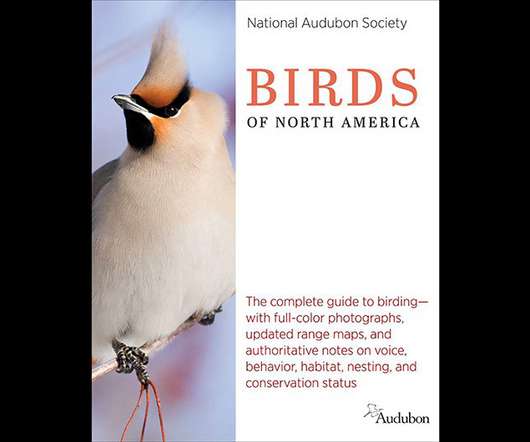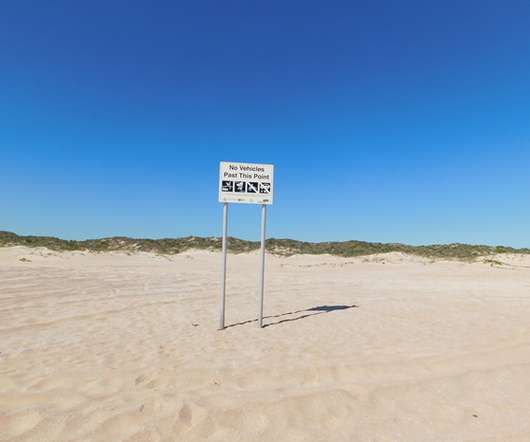Pied Oystercatcher breeding season starts early!
10,000 Birds
JULY 3, 2016
Traditionally since 2000 we have encountered our first Pied Oystercatcher eggs in the first week of July, but this year one pair have decided to start laying eggs early! Sadly they have already lost one clutch of eggs to predation, so by July 1st this year they are on their second clutch. Pied Oystercatcher nest.












Let's personalize your content